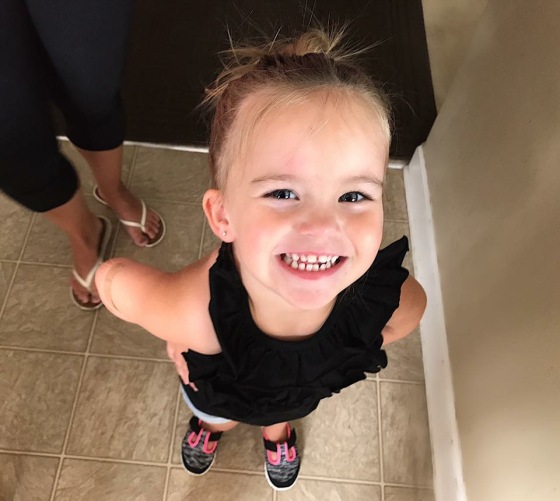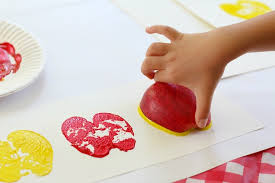In the years before first grade, it is most important for children to learn that printed word stand for something real and print can help us discover new things. Naming letters and their sounds is also important. We help children with this as they are ready and interested. Letter sounds are much more valuable to children after they understand that the words are telling a story.
Some ways to encourage children to learn to read include:
- Posting signs with pictures and words. This helps children to connect printed words to real objects. (make sure they are at their eye level)
- Providing lots of books for preschoolers. As you read with the children, run your fingers under the words. This helps them learn that the words go from left to right.
- Having children dictate stories as we write down their thoughts. This helps them learn that words are people’s ideas that are written down.
- Engaging children in activities related to the story, such as puppet shows, drawing pictures, or going on adventures. For example, after reading The Very Hungry Caterpillar, you might take them outside and search for caterpillars or butterflies.
- Reading the same stories over and over so that children can memorize parts of the story. When children are familiar with stories, they often pretend to read the stories themselves or tell the story by looking at the pictures.
- Ask children “why?” and “what do you think?” questions when reading. This helps children develop language and literacy skills as well as creativity and problem solving.
Reading is a great way to learn about new things, explore new places, have an adventure, recognize professions, identify diversity, and so much more. Make your books come alive. Remember, you are the one that can create magic with a book and your words. You can extend reading through food and nutrition activities, dramatic play, and all the areas of your classroom. Just remember to have more than one copy of a book. Once you started reading it, the children will be more interested in the book. Another idea is to rotate different books, so when they are reintroduced to an area, it is a new item at that time.
We will learn more in upcoming blogs on how to make stories come alive….

Going to pick out a new book!!

